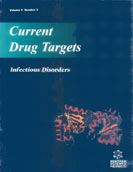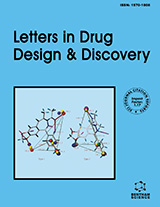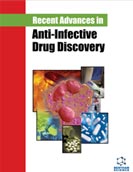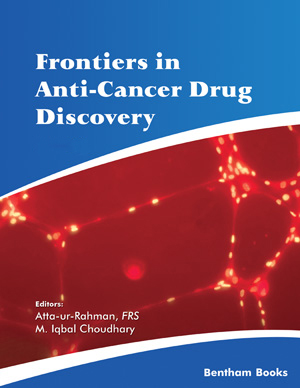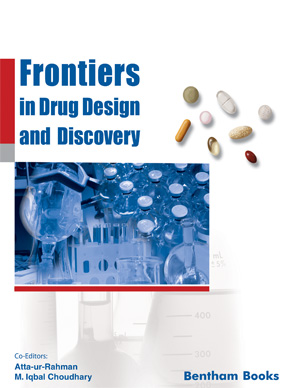Abstract
The skin is exposed to endogenous and environmental pro-oxidant agents, leading to the harmful generation of reactive oxygen species (ROS). The resulting oxidative stress damages proteins, lipids, and DNA. An imbalance between ROS and antioxidants can lead to an elevated oxidative stress level. Some evidence indicates that allergic and inflammatory skin diseases like atopic dermatitis, urticaria and psoriasis are mediated by oxidative stress. For example, monocytes from patients with atopic dermatitis are primed to generate ROS in response to zymosan, a Toll-like receptor 2 (TLR2) ligand, suggesting that Staphylococcus aureus may damage lesional skin of the disease by production of ROS. Mast cells generate mainly intracellular ROS following the aggregation of FcεRI; these ROS may act as secondary messengers in the induction of several biological responses. The present review summarizes the involvement of ROS in the pathogenesis of allergic and inflammatory skin diseases.
Keywords: skin, reactive oxygen species, atopic dermatitis, urticaria, mast cells, psoriasis, antioxidants
Current Drug Targets - Inflammation & Allergy
Title: Oxidative Stress in Allergic and Inflammatory Skin Diseases
Volume: 4 Issue: 4
Author(s): Y. Okayama
Affiliation:
Keywords: skin, reactive oxygen species, atopic dermatitis, urticaria, mast cells, psoriasis, antioxidants
Abstract: The skin is exposed to endogenous and environmental pro-oxidant agents, leading to the harmful generation of reactive oxygen species (ROS). The resulting oxidative stress damages proteins, lipids, and DNA. An imbalance between ROS and antioxidants can lead to an elevated oxidative stress level. Some evidence indicates that allergic and inflammatory skin diseases like atopic dermatitis, urticaria and psoriasis are mediated by oxidative stress. For example, monocytes from patients with atopic dermatitis are primed to generate ROS in response to zymosan, a Toll-like receptor 2 (TLR2) ligand, suggesting that Staphylococcus aureus may damage lesional skin of the disease by production of ROS. Mast cells generate mainly intracellular ROS following the aggregation of FcεRI; these ROS may act as secondary messengers in the induction of several biological responses. The present review summarizes the involvement of ROS in the pathogenesis of allergic and inflammatory skin diseases.
Export Options
About this article
Cite this article as:
Okayama Y., Oxidative Stress in Allergic and Inflammatory Skin Diseases, Current Drug Targets - Inflammation & Allergy 2005; 4 (4) . https://dx.doi.org/10.2174/1568010054526386
| DOI https://dx.doi.org/10.2174/1568010054526386 |
Print ISSN 1568-010X |
| Publisher Name Bentham Science Publisher |
Online ISSN 1568-010X |
 23
23Related Articles
-
Inhaled Insulin and the Lung
Current Medicinal Chemistry Editorial:
Current Diabetes Reviews Repurposing of Anticancer Drugs for the Treatment of Bacterial Infections
Current Topics in Medicinal Chemistry The Secretin/Pituitary Adenylate Cyclase-Activating Polypeptide/ Vasoactive Intestinal Polypeptide Superfamily in the Central Nervous System
Central Nervous System Agents in Medicinal Chemistry Current Pharmaceutical Interventions and Drug Design in the Management of Diabetes and Diabetic Complications
Current Pharmaceutical Design Targeting Membrane Receptors of Ovarian Cancer Cells for Therapy
Current Cancer Drug Targets New Medical Strategies for Midgut Carcinoids
Anti-Cancer Agents in Medicinal Chemistry Erratum:
Endocrine, Metabolic & Immune Disorders - Drug Targets Triptolide Improves Renal Injury in Diabetic Nephropathy Rats through TGF-β1/Smads Signal Pathway
Endocrine, Metabolic & Immune Disorders - Drug Targets Autophagy and Mitochondria in Obesity and Type 2 Diabetes
Current Diabetes Reviews Albumin Infusion Therapy in Stroke, Sepsis and the Critically Ill
Current Nutrition & Food Science Pharma-metabolomics in Neonatology: is it a Dream or a Fact?
Current Pharmaceutical Design Current Challenges to Overcome in the Management of Type 2 Diabetes Mellitus and Associated Neurological Disorders
CNS & Neurological Disorders - Drug Targets ApoE-Derived Peptides Attenuated Diabetes-Induced Oxidative Stress and Inflammation
Protein & Peptide Letters The Role of AGEs and AGE Inhibitors in Diabetic Cardiovascular Disease
Current Drug Targets Editorial (Mini Hot-Topic: Determination of the Antioxidant Capacity of Dietary Substances and Extracts from Natural Sources at Molecular, Cellular And Whole Tissue Level: Sensors and Complex Microfluidic Structures)
Current Analytical Chemistry Fetal Protein Restriction, Taurine and Islet Plasticity
Immunology, Endocrine & Metabolic Agents in Medicinal Chemistry (Discontinued) Combination of Captopril with Gliclazide Decreases Vascular and Renal Complications and Improves Glycemic Control in Rats with Streptozotocin- Induced Diabetes Mellitus
Endocrine, Metabolic & Immune Disorders - Drug Targets Inflammatory Reactions and Hydrocortisone in the Setting of Cardiac Surgery: An Overview
Cardiovascular & Hematological Agents in Medicinal Chemistry Alcoholisms Evolutionary and Cultural Origins
Current Drug Abuse Reviews


